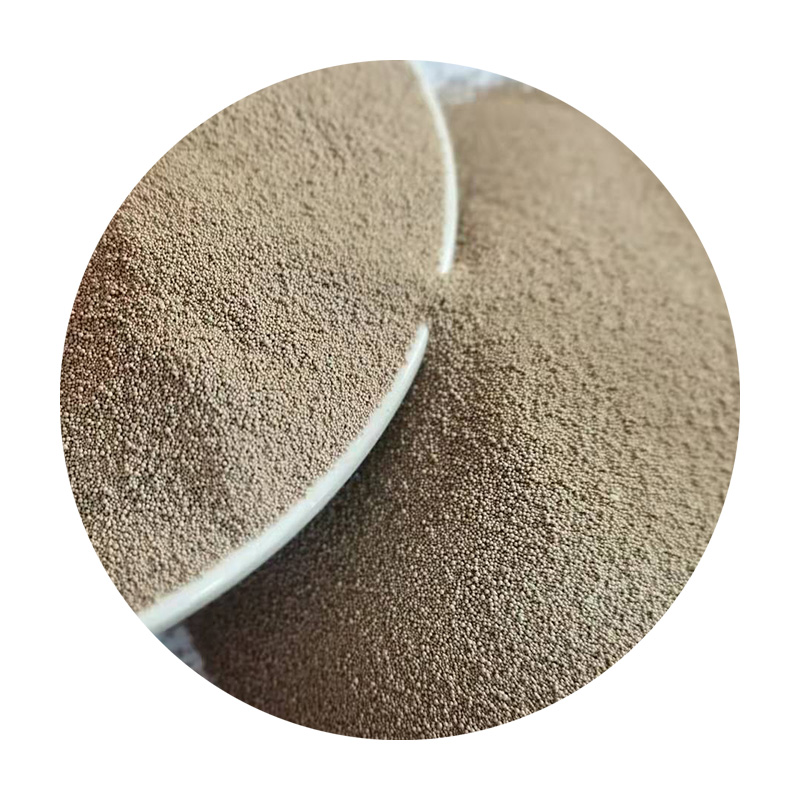What to Sand Resin With A Comprehensive Guide
Sanding resin can be a meticulous task, but it is crucial for achieving a smooth finish on your projects. Whether you are working with epoxy resin, polyester resin, or any other type, the right sanding materials and techniques can make all the difference in the final outcome. In this article, we will explore the best tools and methods for sanding resin, ensuring you achieve a professional look for your creations.
Understanding the Different Types of Resin
Before delving into the sanding process, it is important to understand the type of resin you're working with. Epoxy resin is commonly used for coatings, castings, and art projects due to its excellent clarity and durability. Polyester resin is often utilized in fiberglass applications, while polyurethane resin is popular for crafts and modeling. Each type has its own characteristics which might influence your sanding technique.
Choosing the Right Sandpaper
When it comes to sanding resin, the type of sandpaper you choose can significantly affect the results. Generally, it is advisable to use wet/dry sandpaper, which can be used both wet and dry. Using water while sanding reduces dust and helps to keep the surface cool, preventing the resin from overheating and potentially melting.
Start with a coarser grit sandpaper, typically around 80 to 120 grit, for initial sanding to remove any bumps or imperfections. After achieving a smooth surface, gradually move to finer grit paper, such as 220, 320, and up to 600 grit or higher, depending on your desired finish. Remember, the smoother your final grit, the shinier and more polished your resin will appear.
Sanding Techniques
what to sand resin with

1. Hand Sanding For small projects or intricate pieces, hand sanding is often the best approach. Wrap the sandpaper around a sanding block for flat surfaces, or use your fingers for corners and curves. Ensure even pressure to avoid creating new grooves or scratches.
2. Power Sanding For larger areas, a power sander can save time and effort. An orbital sander is typically the best choice, as it distributes pressure evenly and reduces the risk of gouging the surface. Make sure to start with a lower speed setting to maintain control.
3. Wet Sanding As mentioned earlier, wet sanding can provide a smoother finish while minimizing dust. Dip your sandpaper in water or spray the surface with water while sanding. This technique is particularly effective when working with finer grits.
4. Sanding Between Coats If you are applying multiple layers of resin, like in a coating process, light sanding between coats is advisable. This helps the new layer adhere better and eliminates any imperfections from the previous layer. Use a 220-grit paper for this and clean the surface thoroughly before applying the next layer.
Cleaning Up
After sanding, it is crucial to clean the surface properly to remove any dust and debris. Use a vacuum or compressed air to blow away particles, and then wipe down the surface with a damp cloth. This ensures that your next step, whether it be applying another coat of resin or finishing, will not be compromised by residual dust.
Final Thoughts
Sanding resin is an essential skill for any crafter, artist, or DIY enthusiast. By selecting the right tools and employing effective techniques, you can achieve a smooth, professional-quality finish on your resin projects. Remember to be patient, take your time, and enjoy the process—your final results will speak for themselves! Whether you are creating jewelry, art pieces, or furniture, mastering the art of sanding resin will elevate your work to the next level.
Post time:Spa . 22, 2024 11:05
Next:Benefits of Sand Casting in Modern Manufacturing Processes
